|
In just a few short years, Facebook's advertising platform has transformed from a bucket of remnant campaigns into the essential advertising life blood of many companies. The social network's advanced targeting capabilities gave even the average "Mom & Pop" shop the ability to reach customers in a more efficient and cost-effective way than had ever been seen this century. 2018 was a pivotal year for Facebook advertising. The Cambridge Analytica scandal led to Facebook's removal of many key advanced targeting features, making some marketers doubt future cost-effectiveness, and yet the platform continues to thrive. Yes, even though it is considered a "social" network (in contrast to the very business-like LinkedIn) it is very possible to create an effective Facebook campaign that reaches businesses, even in high tech. But despite having proven itself across many industries, doubts still remain in the B2B sector. (Although that is rapidly changing, as more and more B2B marketers jump onto the platform.) When presenting a B2B Facebook strategy, I hear these two common objections: "We don't market to people. We market to companies." and "Our audience is not on Facebook." My standard reply is to point out that you are always marketing to human beings, and with more than one billion active users, it is quite likely that at least some of your customers are on Facebook! In fact, many B2B marketers have already figured this out: Of course it is much easier to justify B2B advertising on Facebook for a company like Payroll City or Gusto (whose Facebook ads are pictured above), with a broad audience that spans nearly every business owner across every industry. But what if you are marketing to a highly niched, B2B audience? Facebook's platform is a very personal experience. You definitely don't want your ads appearing to people who do not understand your product, or have no connection to your industry. Not only can it hurt your company's reputation, but also showing ads to the wrong audience will harm your Facebook ad relevancy score and drive up your advertising costs. Here are five key B2B targeting strategies that I am willing to bet will work in any industry. And you can swipe them right now! #1 Use the Facebook Pixel (easiest & most obvious!)Re-marketing to your website visitors may appear to be an obvious strategy. BUT, you would be surprised at how many B2B companies are still ignoring the power of the pixel! Just install the Facebook Pixel on your site. Drive targeted traffic to your website running ads on Google, LinkedIn or an industry-specific website. Then, you re-market to those visitors over and over when they log into Facebook. If you don't want to advertise to every single person who visits your site, Facebook allows you to filter out visitors in a number of ways. One way is to direct your re-targeting efforts to visitors of a specific URL on your site. That way you can hone in your Facebook ads to only reach visitors who have been pre-screened through your advertising efforts. #2 Geographic Micro Targeting at Key Trade Shows or Customer LocationsFacebook offers a unique ability to zero in on an area as small as one mile. Such specific targeting is incredibly useful. Imagine you are an exhibiting at a trade show at the Moscone Center. What if most of the key exhibits are located in the South Hall, but you are stuck in the overflow section in the North Hall? With this technique, you can drive traffic to your booth by showing your ad to all the people who happen to be in the Moscone center at that time. You still need to weed out all of the people nearby, who are not attending the trade show. In a crowded city center like San Francisco's popular SOMA district, this could be many thousand people who definitely should not be seeing your ads. Not a problem. You can now exclude locations to drill the location down even further - and even pinpoint the occupants of a single building! How, you ask? With the strategic placement of "include" and "exclude" settings in Facebook's geo-targeting tool. To do this, you create a very small area that you want to include in your targeting, and then narrow it further by creating several areas that you want to exclude, which overlap with the area you plan to include. While the process of creating the audience can be tedious, the outcome is a very powerful and precise geographic targeting that is capable of honing in on a single building. Here is the same targeting zoomed out a bit. You can also use this technique if you know your salespeople are planning to meet with a key account. By targeting all the occupants of their building, you might just be able to create warm and fuzzy feelings toward your brand to key stakeholders - even if you didn't have a chance to meet with them directly. #3 Use Facebook Messenger to Chat with Attendees at a Trade Show While we are on the subject of trade shows, why not let Facebook be your "Robotic Booth Babe"? Ok, that's a cheap, sexist term, for a very helpful, albeit inanimate, member of your trade show staff. But still, a chat bot could be very helpful way to capture leads particularly during busy booth times when it is difficult to get the attention of a live member of your staff. How does it work? Create a QR code and post it in plain site. When one of the attendees scans the QR code with their phone, it immediately launches a chat bot within Facebook Messenger. From here the possibilities are endless. You can enter them into a drawing at your booth, offer to help send them more information or a link to a video demo on the product of their choosing, answer basic questions, or even begin the pre-sales process with the attendee. Hubspot has a great tutorial on how to create QR codes. For the purpose of this article, we used qr-code-generator.com, and Manychat. Both of which are simple to use and free. Test it out yourself, by scanning the following QR code to see our bot in action! (Or just click this link if you prefer.) #4 Target Members of Facebook GroupsA quick search on Facebook and you will most likely find a plethora of groups related to your industry. When you measure the number of Facebook Group participants to LinkedIn groups, it might seem like there is no comparison, at first glance. For example, in the semiconductor electronic design automation industry, LinkedIn group members typically outnumber similar Facebook group members by more than ten to one. But take another look at the actual conversations that are happening within these groups. Many LinkedIn groups may boast tons of members, but if you scroll through the actual posts you might see mainly job postings & sales prospectors. If you notice very few likes/shares, and zero conversations, then you have to question the level of engagement within that group. Facebook, on the other hand, has done a phenomenal job encouraging group engagement. So much so, in fact, that many companies are looking to Facebook as their key community building strategy. To prove that these conversations are happening, even within highly niche, technical markets, here is a screenshot of the FPGA/VHDL/Verilog (a subset of the semiconductor industry) group on Facebook. This group has approximately 8K members. However, Facebook's targeting currently doesn't include the capability to market to members of specific groups. This makes the process of reaching the audience a little more tricky. But with a little cleverness, you can gain exposure to the engaged members of those groups, as long as you can finagle a way to share content within the group. Here is how the technique works: You share a video to the group page. The content of the video is irrelevant, but it has to be a video and not a static image. (Hint: just convert a static image into a short, 3 second video to get the same effect.) Facebook's re-targeting features allow you to run ads to everyone who has viewed your video. While this won't capture every member of the group, it will capture those who are most engaged with the group's content. Another, related option is to post a link and then re-target those who click, using the Facebook pixel. While this can be effective, it still requires active participation from the viewer (versus the more passive act of watching a video), and so it will most likely yield a smaller audience. FYI, both of these tactics may need to be used multiple times before you build up a decent-sized re-targeting audience. That's why this is even more effective as part of an overall social media plan. If you are not able to get into the group to take advantage of this strategy, then consider building a Facebook Group of your own. For the quickest route to making this successful, check out our course on Community Management. #5 Take Advantage of Facebook's Advanced Targeting OptionsFacebook will allow you to filter it's database in a number of ways that are very beneficial to a B2B ad campaign. For example, let's say I am working with an account that would like to target Design Engineers at the world's top five semiconductor companies. Here is how I might segment Facebook's database to hit that objective: There is just one problem. Facebook relies on its users to self-identify. If users in a particular industry are reluctant disclose their occupation to Facebook, the size of the audience will come up short. To combat the shortage of "reach", you can also utilize interest targeting to help expand the audience size. While this may or may not be the most effective method of B2B targeting, I like to keep a watch on it because Facebook's platform is ever expanding and as people become more comfortable sharing business information on Facebook, this could unearth many new advertising capabilities in the future. A more advanced variation of this strategy might be to upload your customer list into Facebook and create a "look alike audience" - where Facebook's powerful AI matches your clientele against as many as 50,000 data points it collects on each of its users to generate an entirely new prospect list. You can then filter this new list down to only include employees of the top companies in your industry and make it even more precise. Definitely worth testing! Conclusion and Key predictionsI predict that as more and more B2B marketers jump onto the Facebook platform, costs will continue to rise. Recently, Facebook launched "Workforce" an enterprise connectivity platform and collaboration tool that could compete with solutions like Slack, Basecamp, and others. If it takes off, more B2B advertising opportunities could emerge as Facebook continues to innovate. Finally, Facebook continues to face pressure from government regulators to limit or control the amount of data that they can collect from users and share with their advertisers. Today's opportunities may be gone tomorrow! Bottom line, Facebook is not a platform that B2B marketers can afford to ignore for long.
5 Comments
|
Author
Nichole Fox is a 20 year veteran of the advertising & marketing industry, she has experience working with direct mail, digital marketing, print, broadcast, and trade show media and has created a campaigns in markets ranging from niche, high-tech B2B to broad consumer industries.
ArchivesCategoriesFree Customer Profile WorksheetNeed help with audience segmentation? Would you like to get a better understanding of your buyer motivations? Start with building your Customer Profile Worksheet.
|
Location |
|


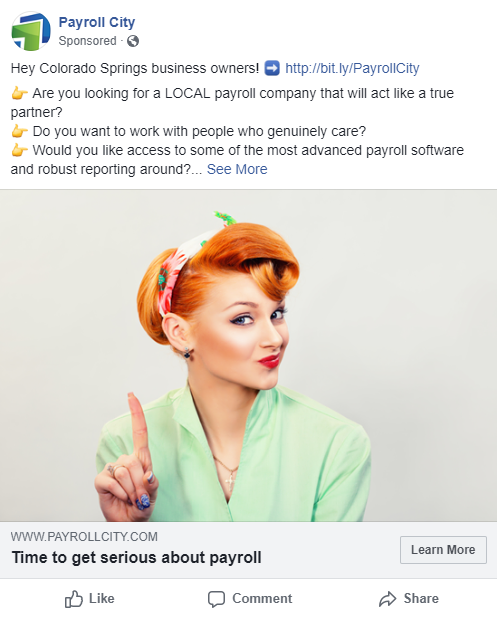

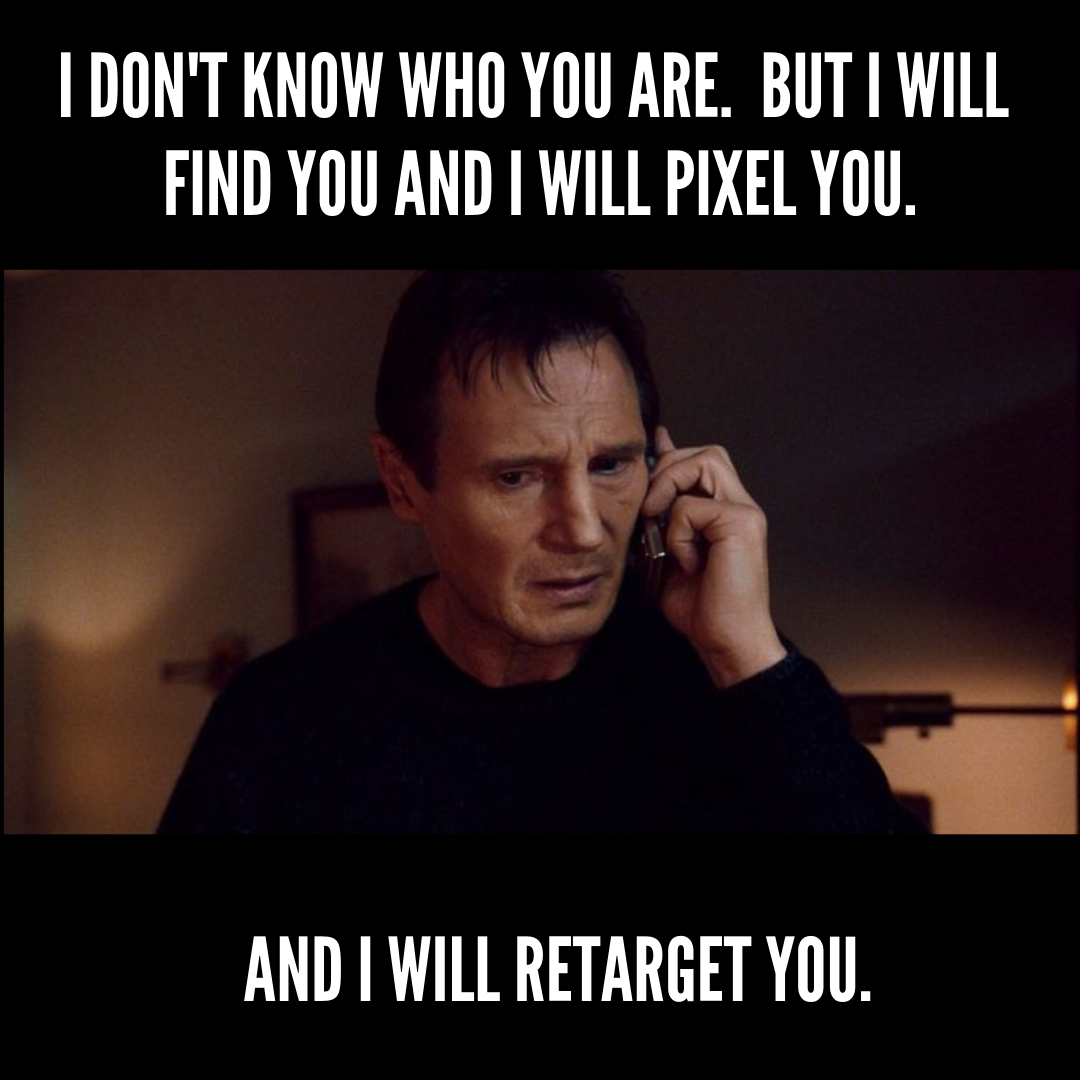
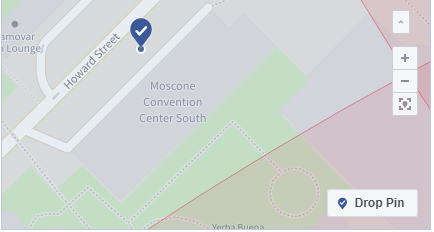


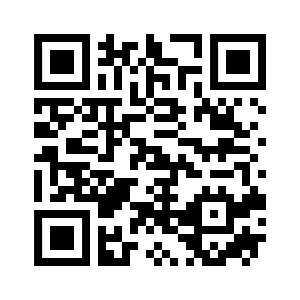
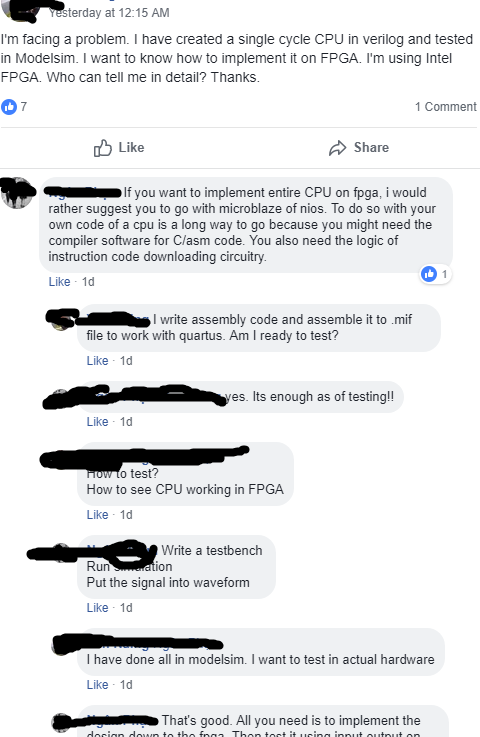
 RSS Feed
RSS Feed
